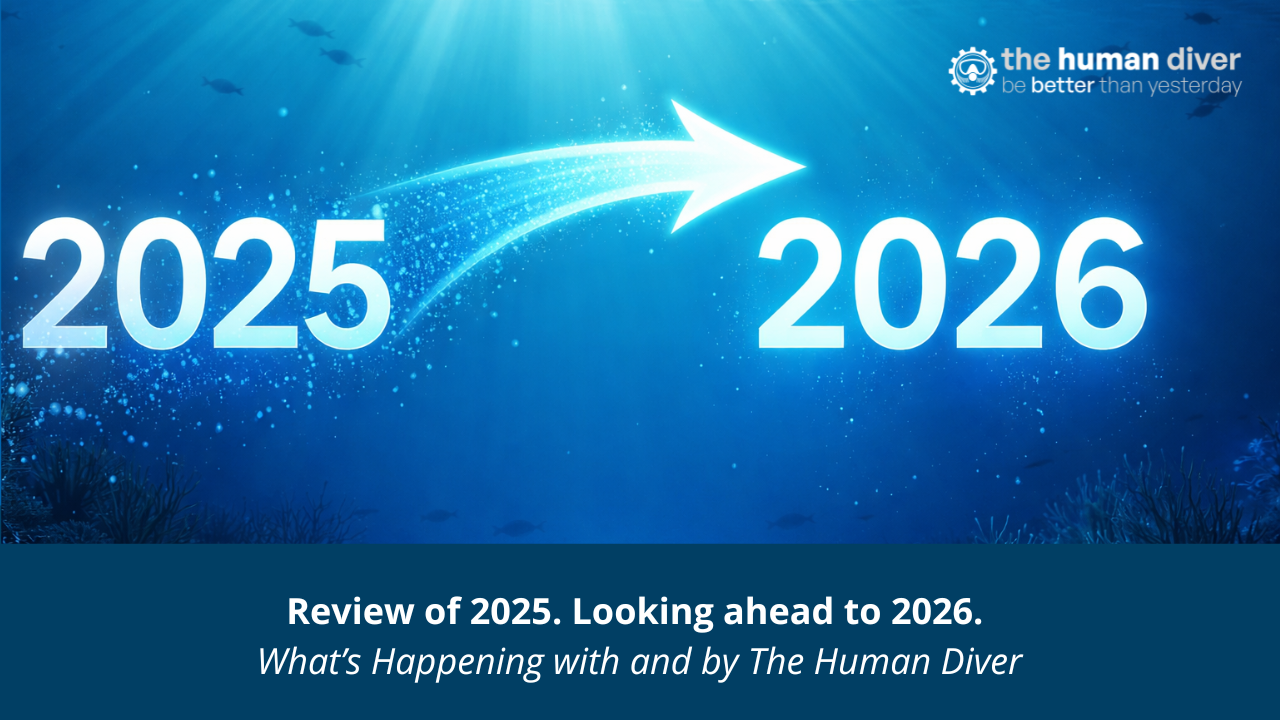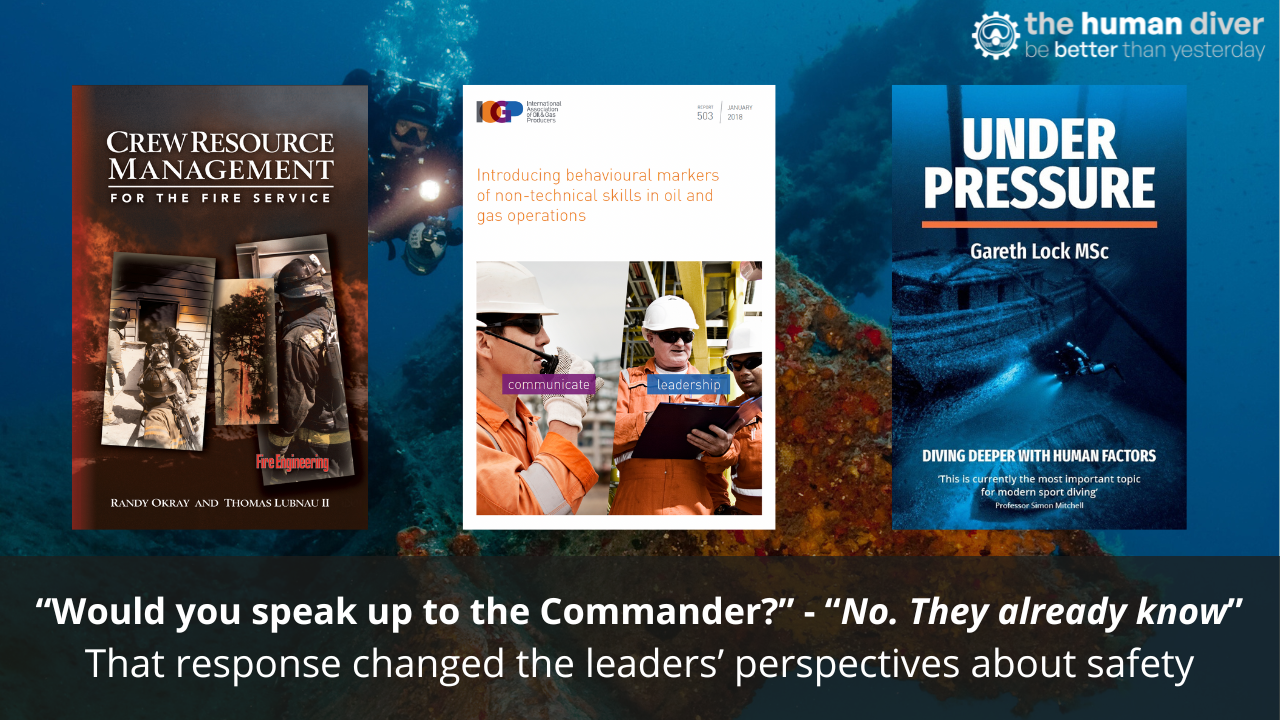
Murphy was wrong!
Jul 09, 2022Murphy’s Law says that if something can go wrong, it will. The problem is that Murphy is wrong. Rather, we should recognise that more goes right than wrong, even when the actions are being executed incorrectly. We need to move away from this binary thought process that says correct execution leads to a successful outcome and incorrect execution leads to unsuccessful outcomes. If we focus on outcomes without understanding the process and how we got to the outcome we did, we are going to build false confidence in how we manage safety. The simple debrief question “Were we good or we were lucky?” is a great opener for this discussion.
Just think…
- How many times have you not followed a pre-dive check and nothing went wrong?
- How many times have you not followed a training standard outside of training, and nothing went wrong?
- How many times have you had some ‘suboptimal gear, and nothing went wrong?
- How many times have you entered an overhead environment e.g., a wreck without a line to clear water, and nothing went wrong?
The standards and expectations are in place because they provide a margin between safe and unsafe, whatever safe and unsafe mean! Being safe in diving is a relative term, especially as you are in a hazardous environment that doesn’t support human life without external support. The more exposure you get, cave, wreck penetration, depth, decompression obligation, CCR, the closer the ‘safe’ line is to the ‘failure’ line. There is less of a margin to play with.
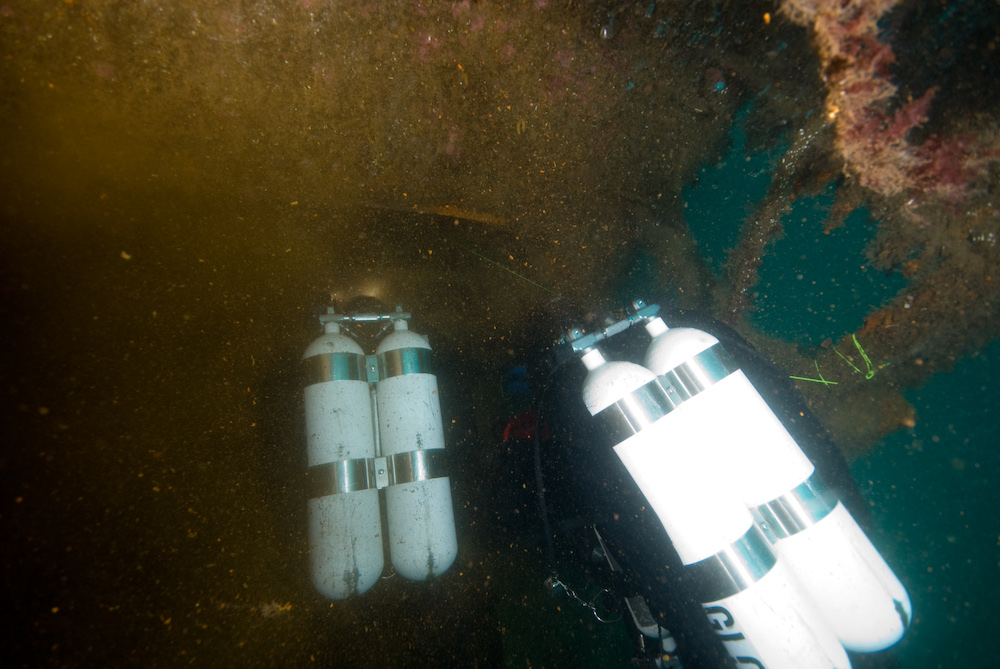
Taking a piece of 'safety'
Each time you breach the standards or expectations, you take a piece of ‘safety’ from the margin. How much we have removed, and its impact on the future is not clear at that time. Part of this is because we are dealing with uncertainty, both about the standard and the outcome. Sometimes we don’t know why the standard is in place.
- Is it to provide an absolute line that shouldn’t be crossed? If so, accidents would happen every time.
- Is it to provide protection from liability if something were to go wrong? Isn’t that what insurance is about?!
- Is it because the standard came up many years ago, but technology and science has moved on and the ‘rule’ is no longer valid? Quarter turn anyone? Nitrox, when it was first introduced? Use of drysuit for buoyancy? Max pO2 on deco? Gradient factors for deco?
If we don’t understand the reason behind the rule or standard i.e., the ‘why’ it is there, then we are less likely to give it credence and follow it. This has been shown in research with anaesthetists in the past.
Even if we understand the rule and why it is there, removing a piece of ‘safety’ from the margin reduces our overall safety, but we have no idea where the boundary of failure is! How much more ‘safety’ can we borrow before something does go wrong? Human nature leads us to be as efficient as possible with the resources we have, which means we are often right next to the failure-line and we don’t know it!
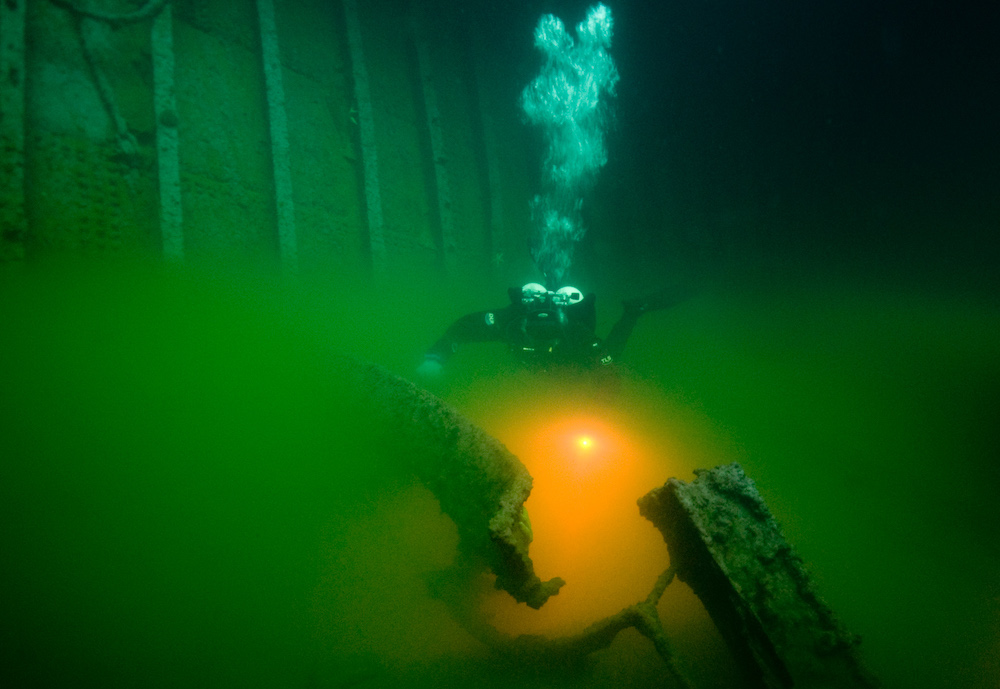
Murphy wasn't quite right...
As a very graphic example of this, one week ago in Aqaba, Jordan a 28.9-ton container full of pressurised liquid chlorine was dropped after the lifting slings broke. The pressurised container struck the ship and ruptured, releasing the liquid which turned into gas. The chlorine gas killed 8 people and injured more than 250, some of whom are still in critical condition. For reasons not yet clear, the lifting slings used were rated to 8.9 tons, less than a third of the load being lifted. However, the slings didn’t break on the first lift, they broke on the fourth lift. The initial investigation has identified that personnel involved were not aware of the weight nor content of the containers and that a previous audit had highlighted shortcomings in lifting operations. It is very difficult to manage risk if you don’t have all of the information you need to both prevent it, but also to mitigate its effect when the hazard is realised.
We could look at this and blame the operators for not following procedures. However, there is likely to be way more to this than ‘incompetent operators’. The good thing is that a structured investigation will take place and we are likely to find out more details and that will likely highlight many organisational weaknesses with the operators inheriting a flawed ‘system’ to operate.
Near Misses - Free Lessons
Near-misses provide those involved free lessons to prevent something more serious from occurring. This is especially the case for those in supervisory or leadership positions, like agency staff, skippers or dive centre managers. Note, we don’t have to have the near-miss ourselves to learn, but we do need to be able to look further than the specific issues, and look at the error-producing conditions if we want to learn from others’ mistakes and near misses. It is too easy to dismiss the event and say 'They were different to me, I wouldn't do that...' without understanding the real reasons for the event.
The easiest way to help prevent adverse events is to undertake a comprehensive pre-dive brief that looks at what might happen, how to spot the situation developing, and when it does, what will be done to mitigate the effects. Once the dive is finished, then we can also learn from that event, even if nothing went wrong.

Debriefing
A debrief is a structured way of telling a story. A story that has many actors, each of which will have their own perspective of what happened. Many debriefs are focused on technical skill acquisition in training courses, or they just look at 'what went wrong?' but there is far more to them if we want to learn and improve.
An effective debrief looks at four key areas:
- What did we do well?
- Why did it go well?
- What do we need to improve?
- How will we do that?
In this debrief the ‘why’ and the ‘how’ are the most important questions because they allow us to reflect on what we need to repeat to be ‘good’ and what we need to ‘fix’ to make improvements. The observational questions, What did we do well? What do we need to improve? are much easier to answer but they don’t lead to learning, we have to go one more step. Also, if we just focus on 'what went wrong?' and nothing did, then the value of the debrief quickly wains. If instructors haven't taught students how to debrief a dive, how would they know how to do one when they graduate from class?
You can download a PDF of The Human Diver DEBrIEF guide from here.
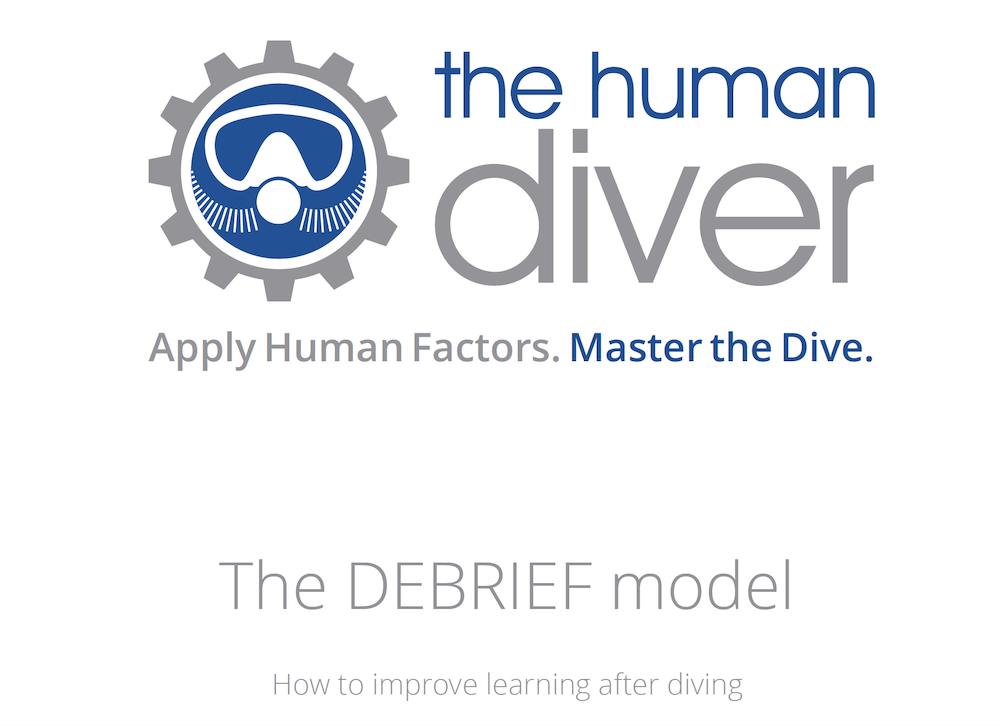
Summary
It is easy to be lulled into the false sense of security that just because nothing has gone wrong, you are safe. A few weeks ago I wrote a whole blog about the illusion of safety and what it means and I'd recommend you take a look. If we believe that Murphy's Law is correct, and nothing goes wrong, we reinforce the myths that 'correct' behaviours lead to good outcomes and 'incorrect behaviours' lead to bad outcomes. Look at how you got to your successful outcome using a structured debrief, a debrief that allows everyone the opportunity to contribute and focuses on why things went well and what you need to do to make improvements, not just make observations.

Gareth Lock is the owner of The Human Diver, a niche company focused on educating and developing divers, instructors and related teams to be high-performing. If you'd like to deepen your diving experience, consider taking the online introduction course which will change your attitude towards diving because safety is your perception, visit the website.
Want to learn more about this article or have questions? Contact us.

